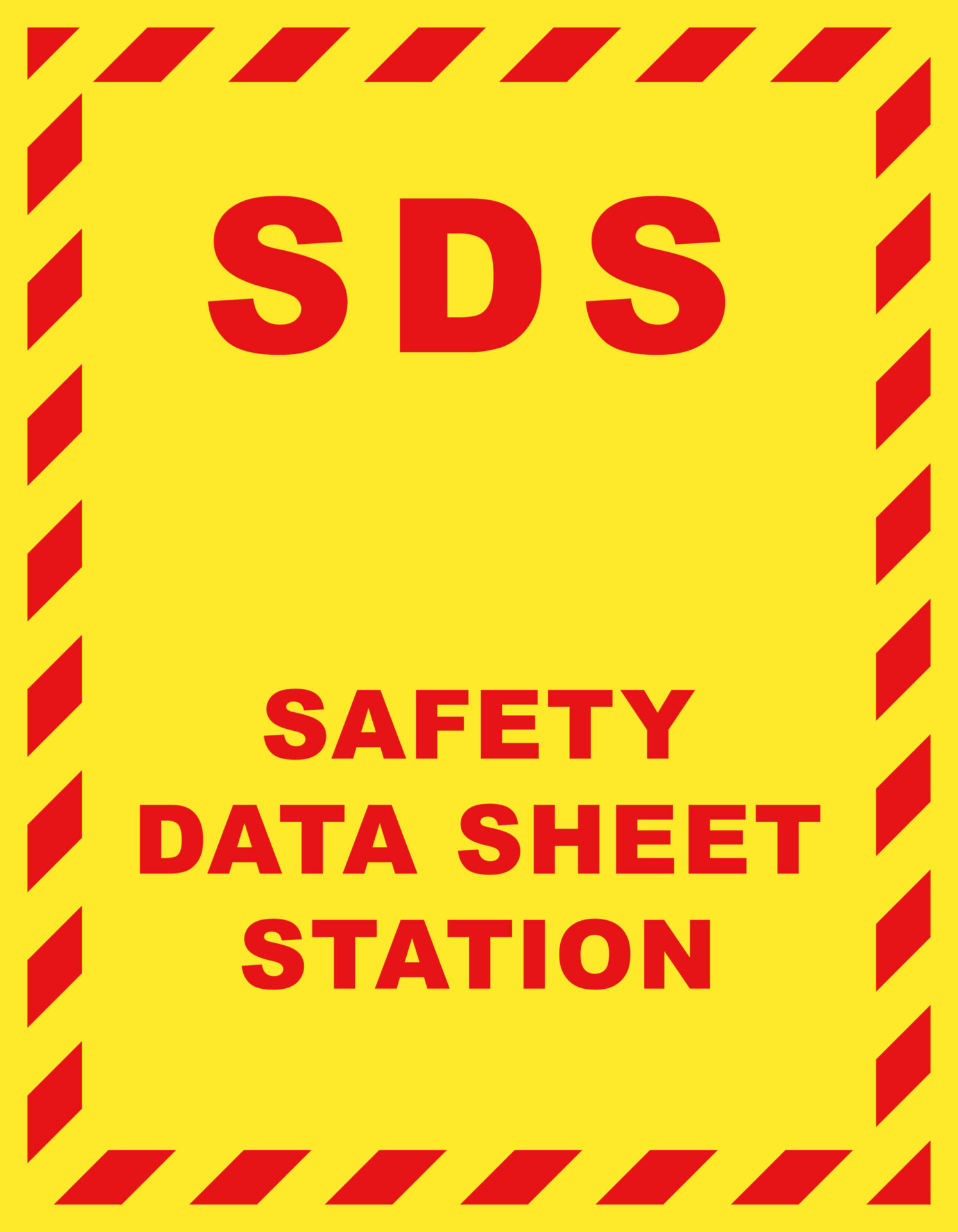Hazard Communication is one of those programs that every company needs to have in place, since every company uses some sort of chemical plus it’s probably required in the RAVS® section of your ISNetworld® account. From window cleaner to chlorine, OSHA requires “all employers to provide information to their employees about the hazardous chemicals to which they are exposed, by means of a hazard communication program, labels and other forms of warning, safety data sheets, and information and training.” (CFR 1910.1200(b)(1))
Some of the most common chemical injuries include chemical burns and chemical inhalations, and the most common chemicals involved in injuries are Carbon Monoxide, Ammonia, Chlorine, Hydrochloric Acid and Sulfuric Acid. And the most common violations of the OSHA Hazard Communication standard are:
- Failure to develop a written HAZCOM program
- Failure to have Safety Data Sheets available
- Failure to maintain training
- Failure to ensure each chemical in the workplace is labeled
However, it is not uncommon to find that chemicals are not labeled correctly, or not labeled at all in many workplaces. Every company is required to provide the safety data sheet for every chemical they use, and must make the information readily available for employee use. Employees who are not provided training but expected to work with hazardous chemicals are subject to preventable incidents. Don’t take the risk. Make sure your company has a superior Hazard Communication or HAZCOM program in place. Not sure? Let JJ Safety help.
Companies should have a training program for management and employees that covers the ‘hazards of chemicals and protective measures.’
Employee training shall include at least:
- Methods and observations that may be used to detect the presence or release of hazardous chemical in the work area (such as monitoring conducted by the employer, continuous monitoring devices, visual appearance or odor of hazardous chemicals when being released;
- The physical, health, simple asphyxiation, combustible dust, and pyrophoric gas hazards, as well as hazards not otherwise classified, of the chemicals in the work area;
- The measures employees can take to protect themselves from exposure to hazardous chemicals, such as appropriate work practices, emergency procedures, and personal protective equipment to be used; and,
- The details of the hazard communication program developed by the employer, including an explanation of the labels received on shipped containers and the workplace labeling system used by their employer; the safety data sheet, including the order of information and how employees can obtain and use the appropriate hazard information.
A little over 10 years ago the hazard communication standard aligned with the Globally Harmonized System of Classification (GHS). The update was intended to provide a clear approach to classifying chemicals and communicating hazard information on labels and safety data sheets. The update was also meant to reduce trade barriers which would result in productivity improvements for American businesses that regularly handle, store, and use hazardous chemicals and provide cost savings for American businesses that periodically update safety data sheets and labels for chemicals covered under the Hazard Communication Standard.
Looking to implement a rock solid hazard communication program for your workplace? You’ll want to make sure a few components are in place.
Here is a quick outline of the components needed for a good HAZCOM program.
- Written Hazard Communication Program
- List of all chemicals the company uses
- Safety Data Sheets for each chemical, readily accessible to employees
- A sufficient labeling system that ensures all chemicals in the workplace are labeled.
- A Training program – at time of hire and annually at a minimum.
If you are not sure if your HAZCOM program meets the Standard, give us a call at 866-627-3850 or email us at sales@jjsafetyllc.com. We are happy to help you get a top-notch HAZCOM program in place.
